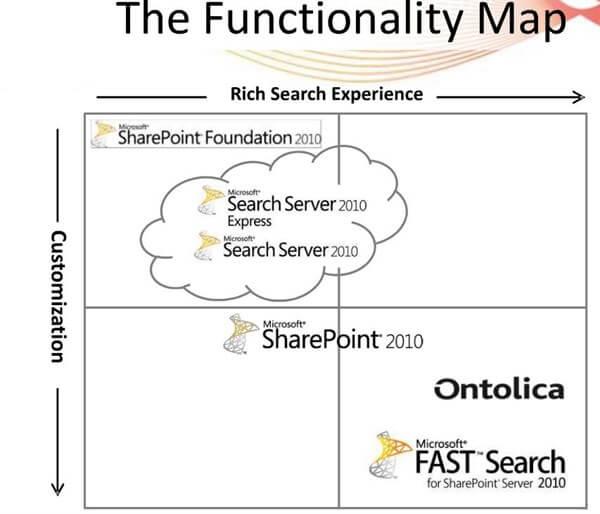
The Unanswerable Question
Blog PostsOne of the most-asked SharePoint questions has absolutely nothing to do with technology: How do we get started? Whether I am presenting on managed metadata and taxonomy, social computing, governance, or migration planning, someone in the audience inevitably asks this question. It happened again this weekend while presenting my session ‘How SharePoint 2010 Stacks up to Your End User Social Media Requirements’ at the 3rd annual SharePoint Saturday Los Angeles event. I shared vignettes into a SharePoint environment where search is optimized, where taxonomy management and proactive governance take center ring, and where end users have been trained on how to use the platform and how to request changes.

